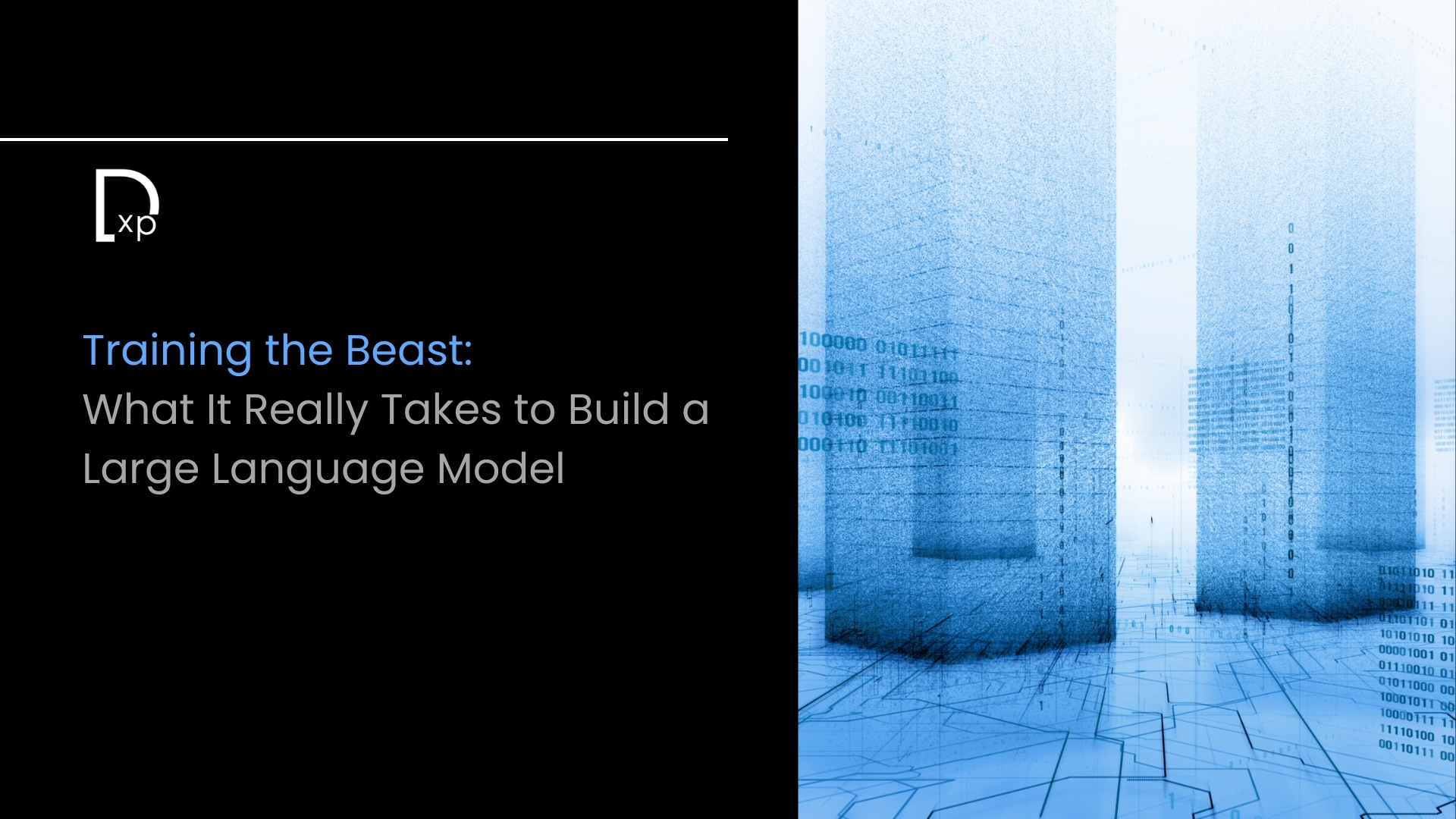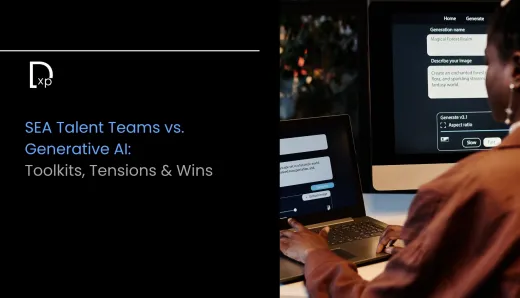Training the Beast: What It Really Takes to Build a Large Language Model

Building a large language model is not like crafting a piece of software. It’s more like constructing a skyscraper during an earthquake. The ground keeps shifting. The stakes keep rising. And the process, often mystified or oversimplified, is anything but elegant. It is a brutal blend of engineering, logistics, mathematics, and muscle. In the end, what emerges isn’t just software. It’s a system that mimics language, culture, and cognition. But to get there, you must train the beast.
At the core of every large language model—be it GPT, Claude, LLaMA or Gemini—is a transformer architecture. This is the same basic structure introduced by researchers in 2017. The model is fed vast amounts of text and learns by predicting the next word in a sentence. But predicting a single word is not the challenge. Doing it accurately billions of times is. That’s where the real complexity begins.
Training such a model starts with data. Not just gigabytes or terabytes. We’re talking about petabytes. Books, websites, conversations, source code, academic papers, and more. The goal is to capture a wide slice of human expression. But before it reaches the model, this data must be cleaned, filtered, and formatted. Offensive content, duplication, spam—these must be removed. It’s less like pouring data in and more like refining crude oil into jet fuel.
Once the data is ready, the real training begins. And this requires hardware. Not laptops. Not even standard servers. Training a model like GPT-4 involves thousands of GPUs running in parallel for weeks or even months. These chips, often from NVIDIA, are housed in specialized data centers. They generate enormous heat and consume huge amounts of power. The energy demands are comparable to small towns. The cost can run into tens or even hundreds of millions of dollars.
It’s not just the hardware, though. Training also requires massive coordination. Think of it as orchestrating a symphony, but where every musician is a server and every note is a numerical calculation. One glitch, one faulty node, and you lose valuable time—or worse, corrupt the model. Engineers monitor systems around the clock. They tune hyperparameters, adjust learning rates, and fix hardware failures in real time. It’s relentless.
The model itself learns through a process called gradient descent. In simple terms, it makes guesses, checks how wrong it is, and tweaks itself to improve. Repeat this loop trillions of times, and the model starts to get better at understanding and generating language. But it’s not a straight path. There are plateaus, regressions, and surprises. Sometimes the model forgets. Sometimes it gets stuck. Guiding it requires expertise and patience.
After the main training phase, the model enters a fine-tuning stage. This is where it learns manners, ethics, and task-specific skills. It’s also where human feedback plays a vital role. Teams of trainers interact with the model, scoring responses, ranking them, and guiding the system toward better behavior. This is not purely technical. It involves judgment, cultural awareness, and constant reevaluation. What’s acceptable today may not be tomorrow.
Safety is another layer. Before deployment, models are tested against a range of adversarial prompts. Can they be tricked into giving harmful advice? Can they leak sensitive data? If yes, training may have to restart. Or filters must be added. The process is iterative. There is no perfect safety net. But the effort to build one is ongoing.
All of this work—the data, the training, the tuning—feeds into a final product that most people experience as a chatbot or assistant. They see the output, not the scaffolding behind it. But the future of AI depends on that scaffolding. It determines whether these systems are accurate, fair, safe, and useful.
The scale of this endeavor is staggering. The carbon footprint alone is a growing concern. So is the concentration of power. Only a handful of organizations can afford to build models of this scale. This raises questions about access, transparency, and accountability. Who controls these models? Who benefits from them? And who gets to decide what they are allowed to say?
Still, despite the complexity, cost, and controversy, the work continues. Because the payoff is undeniable. These models are already transforming fields from medicine to law, education to software development. And they are still in their early stages. As models grow larger and more capable, the line between artificial and human intelligence will blur further. But none of this is magic. It is engineering. Relentless, resource-heavy, high-stakes engineering.
So the next time an AI model writes an essay or cracks a joke, remember: it didn’t come from nowhere. It came from years of research, months of training, and mountains of data. Training the beast is a monumental task. But it’s also a mirror—reflecting not just our technical ability, but our collective choices about what kind of intelligence we want to build.




